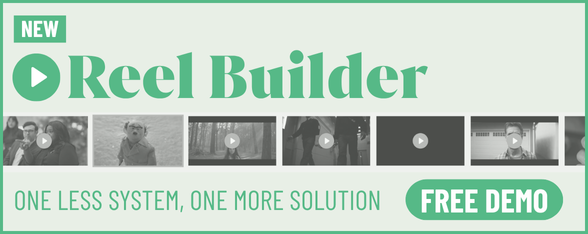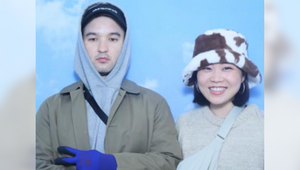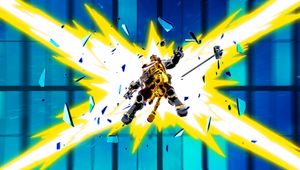
Sara Litzenberger's "Silly Sasquatch Film" Led to a Career as an Animation Director

Sara Litzenberger is an animation director -- originally from the US, now located in Melbourne -- whose work focuses on texture, cohesive colour, and hand-drawn charm.
Their first film, ‘Undiscovered’, has screened at over 60 festivals throughout the world and was featured in The New Yorker; since then, they’ve directed numerous other short films and commercials, and worked with clients such as Sony, Amazon Music, and Airbnb.
LBB> How did you fall in love with animation?
Sara> I think I just never grew out of cartoons. It’s an incredible feeling, to make something move and bring it to life right in front of you. I never really stopped drawing, and never understood why you’d stop with just one drawing when a few more really brings it to life.
LBB> Tell us about the animation project that kick started your career?
Sara> My student thesis film, ‘Undiscovered’, has been the one to get me the most opportunities. It got me my first internship, connected me to so many people through screenings and festivals, and is still one of the more common ways people find me now. I never imagined my silly sasquatch film would actually get me work, but that’s how it goes sometimes.
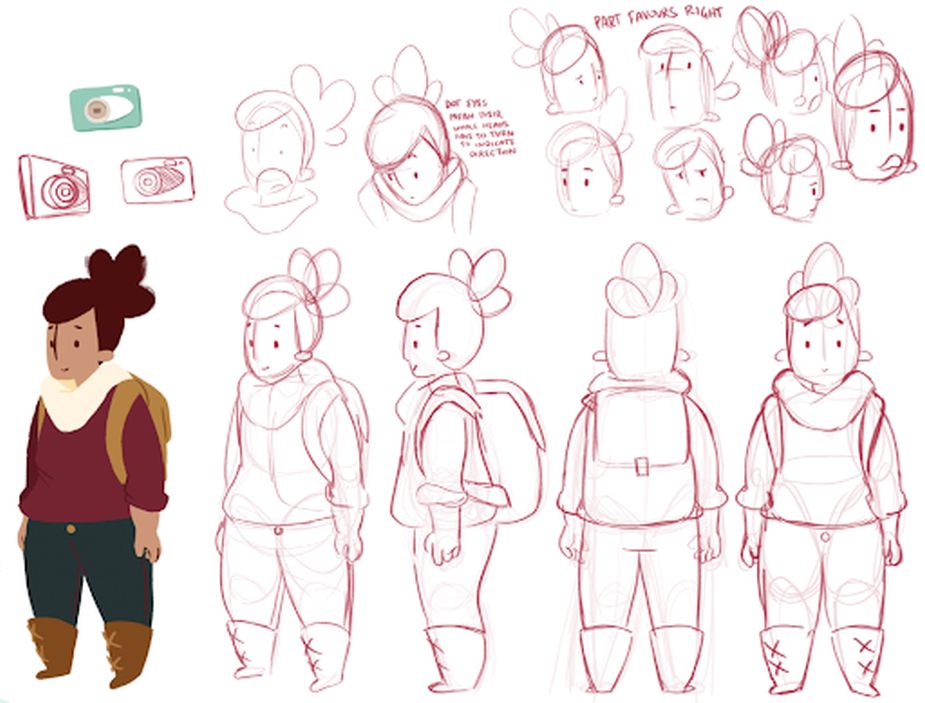
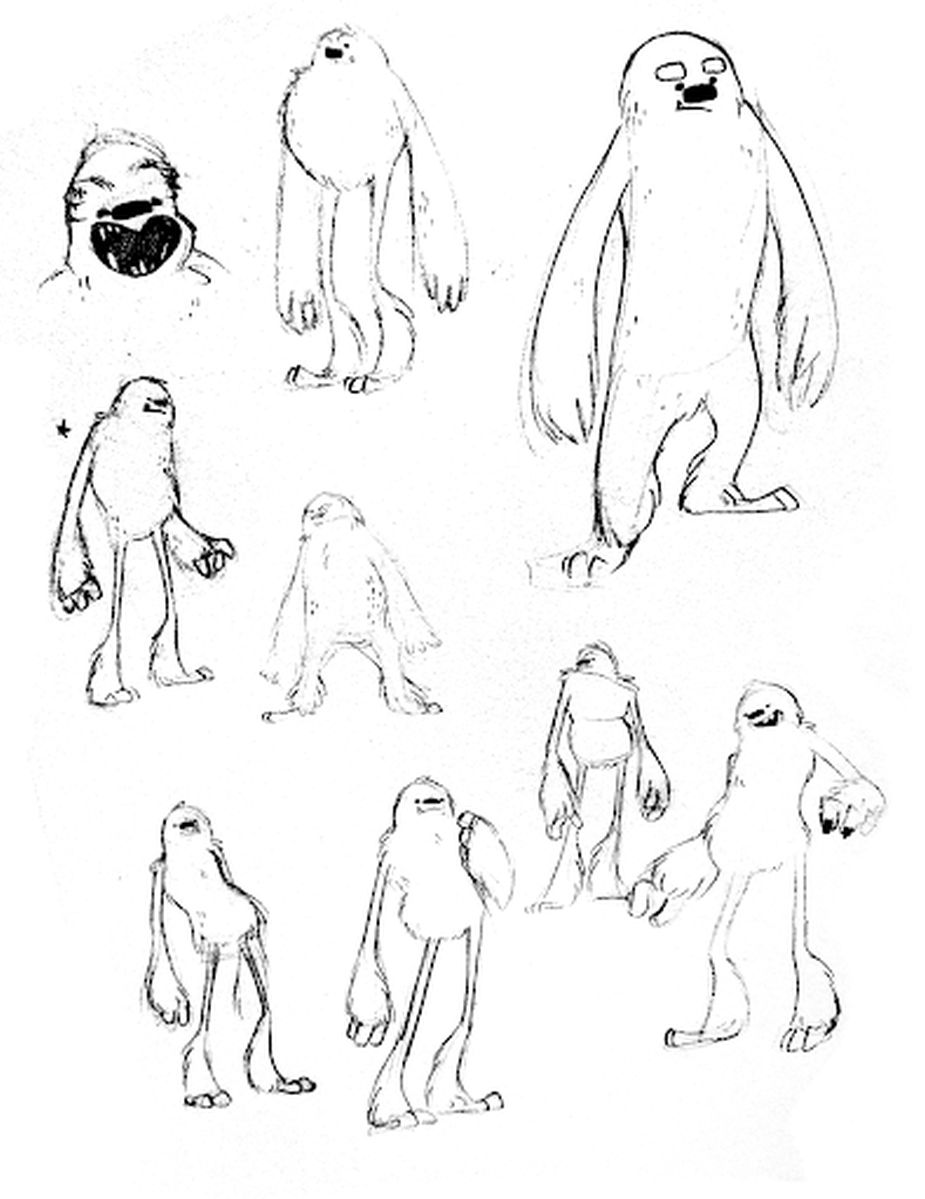
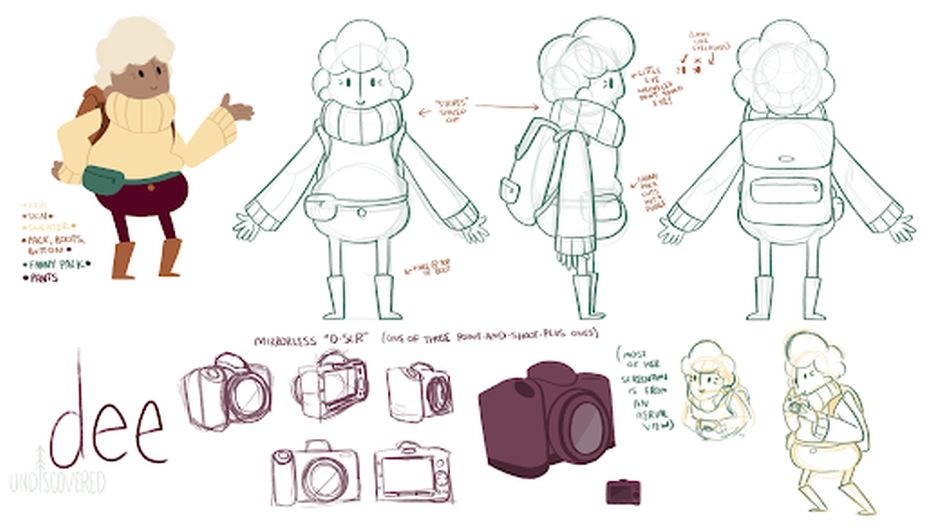
LBB> How would you describe your art style and what are your biggest inspirations that developed it?
Sara> I’d say my style, when it stays in one place long enough, is somewhere between 1950s UPA films, messy textural paintings, and a bit of motion graphics influence too. I lean on warmth, texture, and fun shapes most of all.
LBB> From your perspective, what’s the key to animation that really lives?
Sara> I’m learning more that the key is to just make it. Throw yourself into it and find the answers along the way. Don’t be afraid to try something and redo it. But of course, that doesn’t always work when you’re on a schedule. Finding something to love about everything you work on goes a long way.
LBB> Show us your favourite or most impactful project that you’ve worked on - tell us, what is it that makes it special and what were the memorable moments or challenges?
Sara>Amazon Music - Pride History: Audre Lorde
This piece hit all the right notes for me -- it centred around a moment in history that was important to me personally, I had tons of creative freedom to play with, and I was even recommended for it by an old buddy from high school, I got to reconnect with.
The challenge, as it frequently goes, was the timeline; I would have loved to give this a beautiful frame-by-frame treatment, but for a quick turnaround, I’m pretty happy with how it turned out.
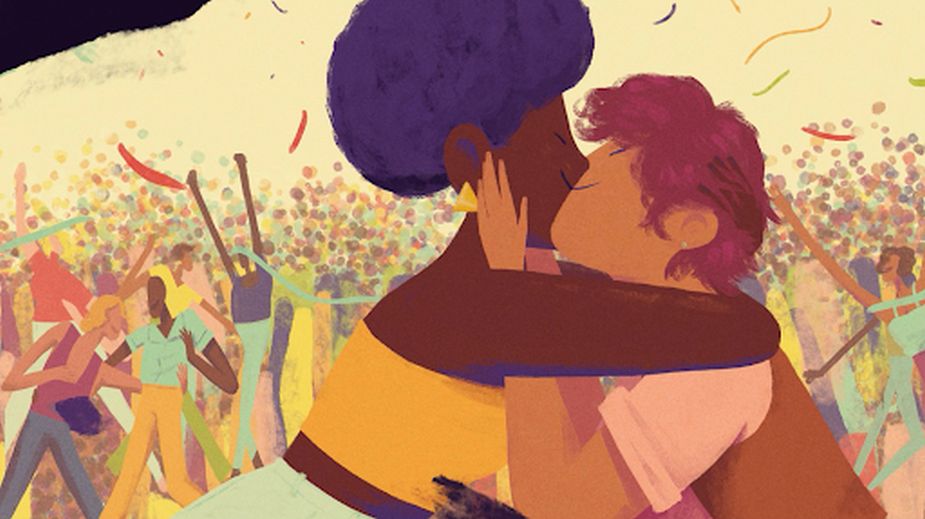
LBB> How do you approach character design? What is your creative process like?
Sara> I love to just sit with a blank page and sketch until the character takes shape. For main characters at least, it’s a lot of trial and error, and a lot of drawing over and over, but they self-select for the best, most interesting, most animatable parts, I find.
Here’s an example of the main character from Big Boned, whose proportions changed quite a bit over the course of development.
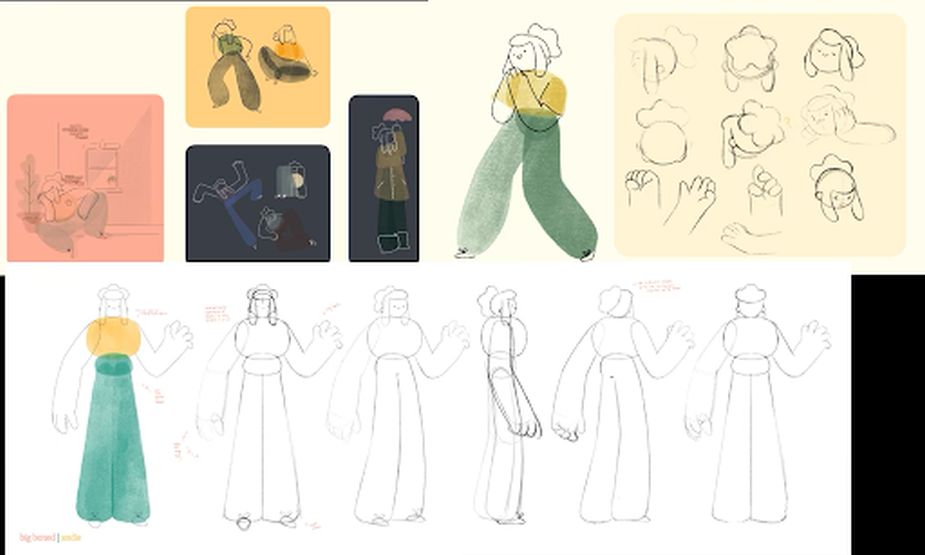
LBB> Tell us more about observation and movement - what is the process you go through to study movement of characters?
Sara> You never really stop observing -- everywhere you go there’s something to study, something new to focus on about a stranger or a leaf or the way the light hits. Focus on it and it becomes an everyday thing you can really draw on later. It can make you a romantic, but that’s not so bad either.
LBB> We all know of some ever-green adult animations, but lately they have definitely been on the rise, from Rick and Morty to Arcane. What sort of opportunities does this open for animators, both within and outside the advertising industry?
Sara> Luckily the skills are transferrable! More space for animation to inch out beyond kid’s movies and TV, or even beyond a specific style of adult tv show, will allow for more diverse subjects and opportunities overall.
Many don’t realise it, but commercials can be such a playground for new techniques and styles, and I think that can have a wider influence.
LBB> How does one figure out what kind of animation style or styles fits a particular story or project?
Sara> Some of it comes naturally; you’re probably not going to pair a very cute, soft style with a harsh, realistic subject -- even when that contrast is the point, there’s a bit of a natural limit that keeps you in check. References and inspiration play a huge role here too, even unexpected inspirations across genres and mediums.
LBB> What is your favourite piece of technology or software that you use and how does it help your creative process?
Sara> I’m a huge fan of Toon Boom Harmony. It’s an incredibly versatile and powerful tool for all kinds of animation and I use it whenever I can. There are so many options out there now though -- it’s really exciting, if a little overwhelming.
When I’m working a little looser though, like on my entries for Loopdeloop, I like to animate in Procreate on my iPad; it’s really nice having a stripped-down alternative to experiment in while relaxing on the couch, and I find I create a lot more than I would otherwise.
One of my entries for Loopdeloop.
LBB> What sort of briefs or projects do you find more personally satisfying to work on
Sara> I like to feel like I’m doing some kind of good with my work, so the projects I’ve gotten to work on that support that kind of messaging -- good for the earth, or people, or communities I’m part of – are always the most satisfying for me, even if some of the more commercial jobs might have cooler art styles or bigger budgets.
But again, the more passion is there, the more that shows through in the work.
LBB> What recent projects have really stood out for you and why?
Sara> Most recently I finished up a government job actually, and my first project so far with the fantastic team that is Robot Fights Monster.
It’s soon to be released, went incredibly smoothly, had a really supportive and enthusiastic team at the agency side too, and a very sweet and wholesome message at the core of it. The song still gets stuck in my head – I’m so looking forward to sharing it and for more collabs with RFM!
I’m also drawn to a more experimental project I got to work on last year – each artist got a slice of a huge projected space and filled it in with animation, in their own style, that lined up with the slice next to it. Like a game of exquisite corpse, but animated.
The final effect was pretty incredible, and it’s always exciting to collaborate with other artists and their unique styles.
My contribution to the exquisite corpse - click through for close-ups.
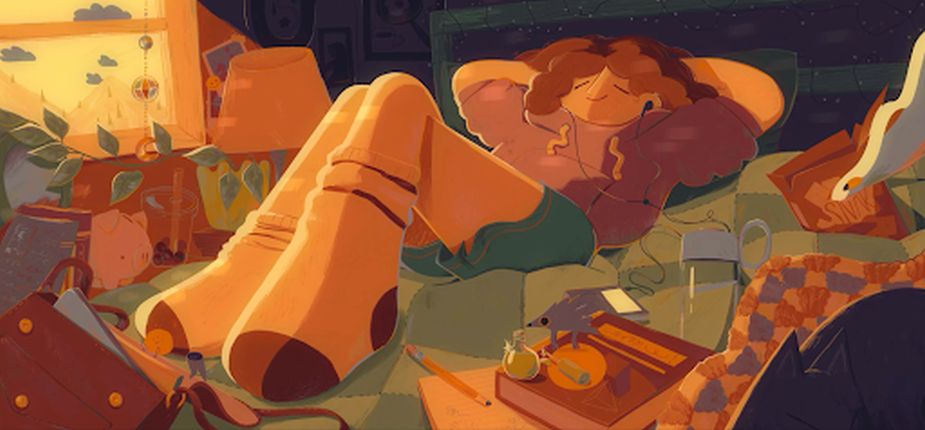
LBB> Who is your animation hero and what is it about their work that inspires you? What example of their work particularly stands out?
Sara> I’m not sure about an animation hero, per se, but I was just talking about Jonathan Djob Nkondo's work; he’s definitely an inspiration of mine. His clever use of framing, playing with expectations and shapes and 3D space in a 2D way -- everything fits together so neatly but it surprises you, too.
LBB> Outside of the field of animation, what really inspires you?
Sara> Again, honestly, everything. I think there’s inspiration basically everywhere, even when it’s born of frustration or discomfort. Or at least, that’s what I’m telling myself. I’m working on something now that was inspired by receiving too many email notifications. If you let it, inspiration sneaks up on you.
LBB> What do you think are the misconceptions about animation throughout the industry?
Sara> Sometimes I talk to people who view commercial or advertising work as a stepping stone to something “better”, like TV or films, but I actually quite like working in commercials. Some jobs you’re straight-up selling something, sure, but there are a lot of great projects too, and so much more room to play with styles and techniques. And if you do dislike the job you’re working, at least it’s usually a quick jaunt until the next one.
LBB> What are the biggest changes to animation and challenges facing animators at the moment and what are your thoughts on them?
Sara> Well, we can’t ignore generative LLMs, as much as I’d like to stop hearing about it. Artists have gotten the short stick for the last couple of trendy tech waves. Plus, animators are people too, and most people are going through it at the moment. I think my thoughts for animators would be my thoughts for anyone right now -- hold true to your beliefs and your passions, help each other out wherever you can, do what you have to to get through all this and stay hopeful.
LBB> Any advice you would like to give to aspiring artists?
Sara> Keep a passion project. Find inspiration off-screen. Get good at administrative skills in your own life -- stay organised. And be open to exploration -- I thought I was going to work in film when I was younger, but have found myself happy here in short-form work. Try different things, find what’s most exciting for you, and go from there.






